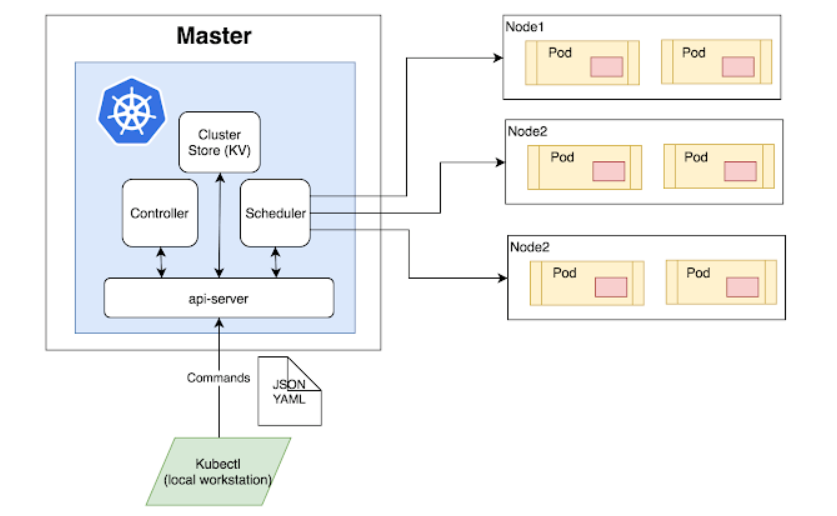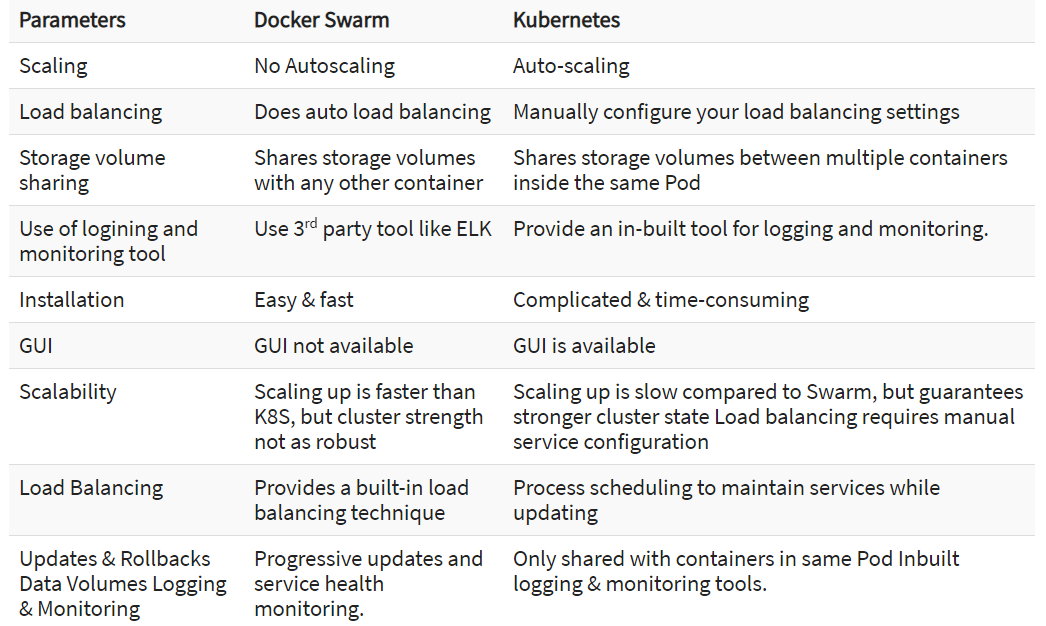April 27, 2020 / Nirav Shah
In this blog, we will explain to you about Kubernetes. But before we move on to this topic let us first know the difference between container vs container orchestration.
Going by the official definition “container image is a lightweight, standalone, executable package of software that includes everything needed to run an application: code, runtime, system tools, system libraries and settings.”
and “container orchestration is the automatic process of managing or scheduling the work of individual containers for applications based on microservices within multiple clusters.”
Other Container orchestration are
But in this blog we will see about Kubernetes and Docker Swarm Containerization or container orchestration Platforms.
kubernetes is developed by Google platform and the main purpose is to manage a containerized application in various types of physical, virtual and cloud environments. Google Kubernetes is a highly flexible container tool to deliver even complex applications, consistently. Applications run on clusters of hundreds to thousands of individual servers.
Kubernetes is the Linux kernel which is used for distributed systems. It helps you to abstract the underlying hardware of the nodes(servers) and offers a consistent interface for applications that consume the shared pool of resources.
Some of the platform features which Kubernetes offers are:
Cluster: It is a collection of hosts (servers) that helps you to aggregate their available resources. That includes ram, CPU, ram, disk.
Master: The master is a collection of components which make up the control panel of Kubernetes. These components are used for all cluster decisions.
Node: It is a single host which is capable of running on a physical or virtual machine. A node should run both kube-proxy, minikube, and kubelet which are considered as a part of the cluster.
Namespace: It is a logical cluster or environment. It is a widely used method which is used for scoping access or dividing a cluster.

If you want to more in details for each componentes please refer to below link
https://phoenixnap.com/kb/understanding-kubernetes-architecture-diagrams

Also Read: How to launch/deploy Docker containers in ECS using EC2?
Related Post: Everything you Need to Know About Docker on Amazon ECS

As a Director of Eternal Web Private Ltd an AWS consulting partner company, Nirav is responsible for its operations. AWS, cloud-computing and digital transformation are some of his favorite topics to talk about. His key focus is to help enterprises adopt technology, to solve their business problem with the right cloud solutions.
Have queries about your project idea or concept? Please drop in your project details to discuss with our AWS Global Cloud Infrastructure service specialists and consultants.